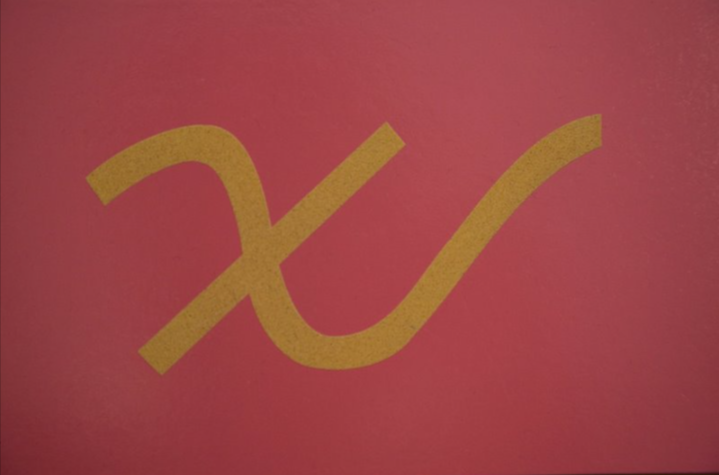
There has been much talk recently about Montessori-inspired applications for devices like Apple’s iPhone and iPad – specifically about the apps recently created by Montessorium. Some Montessorians are enraged, feeling that the apps violate the very foundation of Montessori pedagogy. Others love them and claim that if Dr. Montessori were alive today she would use an iPad in the classroom with the children.
Dr. Montessori was very clear that the first 6 years of life are a time for children to explore the world around them. Young children develop an understanding of their environment by having concrete, hands-on experiences with real objects and using their senses (feeling, touching, holding, seeing, smelling, etc) to take it all in. Dr. Montessori spoke of how the hand is the tool of the mind, guiding it through learning and exploration.
The simple truth is the manipulation of a virtual object through a computer screen, even via your fingertips, cannot compare to the visceral experience of feeling the real object itself.
Montessorium has released two apps for use by young children: Intro to Letters (based on the Sandpaper Letters classroom material) and Intro to Math (based on the Sandpaper Numbers and the Number Rods). The Intro to Letters app is very similar to the Sandpaper Letters activity; the screen looks like the Sandpaper Letters material, it shows the child how to trace the letter with his fingers and says the sound the letter makes, and has the added features of allowing the child to record his own voice pronouncing the letter sounds and repeating it back to him. However, one of the most important features of the actual material is the way Dr. Montessori designed the letter tablets with sandpaper. As the child traces the material in the classroom, he very clearly feels the difference between the rough shape of the letter and the smooth surface of the wooden tablet upon which it is fixed. This essential tactile experience provides both controls of error and helps to affix the shape in the child’s mind and muscle memory (which aids in the indirect preparation for writing). Unfortunately, a touch screen does not provide texture, meaning a significant portion of the intended sensorial experience of this material is missing.

Similarly, issues exist with the Intro to Math app. Not only does it lack the texture of the sandpaper numbers used in the classroom to introduce children to number symbols, but it also fails to replicate the experience of physically handling the Number Rods. These rods were purposefully designed to be a certain shape and length. As the child carries each rod, from the smallest rod (10cm long) to the longest ten rods (1 meter long), he notices the difference in weight and length. For many of the children, the ten rods are as tall as they are– imagine how impressive that is to them! By handling the Number Rods the children gain a concrete, physical sense of number quantity and the contrast between smaller numbers (shorter, lighter) and larger ones (heavier, longer). Again, this is impossible to reproduce in an app.
If you do choose to use these apps with your children (and especially if you plan for your child to attend a Montessori school) I strongly suggest you not introduce the apps until after your child has mastered the materials in the classroom. Once a child plays with an app that looks like the Sandpaper Letters, it may not seem novel or exciting to him when he sees it on the shelf at school; his interest in the actual work may wane. In a Montessori classroom, children work from the concrete to the abstract. I fear that exposing young children to virtual Montessori materials may hamper this important developmental process.
I’m curious to hear what other Montessorians think. Are these apps useful? When is it appropriate to introduce children to this sort of technology?